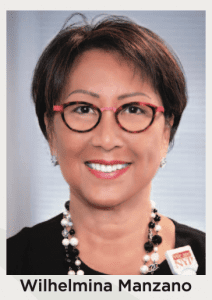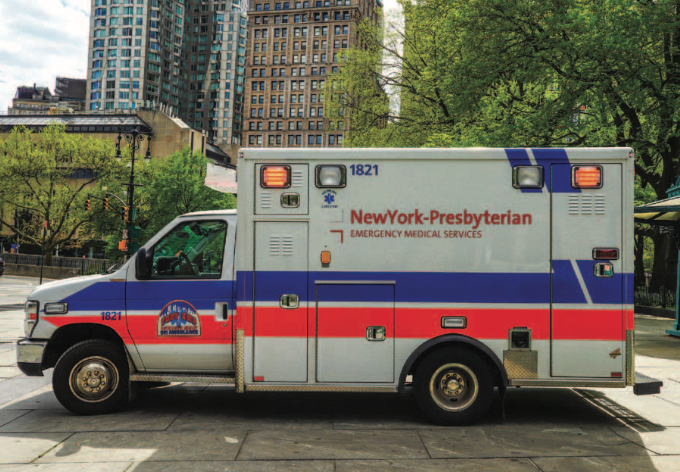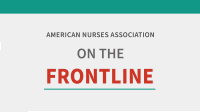The first patient with the new coronavirus arrived at NewYork-Presbyterian Hospital in March, the earliest in a wave of people suffering from the confounding, world-changing virus.
As New York emerged as an epicenter of the global COVID-19 pandemic, surging cases strained the region’s hospital capacity and accelerated rapid changes in nursing practice.


Manzano coordinated that sophisticated command center, harmonizing decision-making among leaders of core functions such as clinical and nonclinical operations, strategy, logistics, finance, administration, workforce and medical staff deployment, and communications. Within weeks, Manzano and her team redeployed hundreds of nurses in new roles across the system, and both Weill Cornell and Columbia University brought in 1,200 nurses from all over the country, along with students from Columbia University School of Nursing.
30 minutes of quiet
“In that busy and chaotic time, sometimes I would block 30 minutes with no meetings so I could think. Reflecting helped me create order even as we ramped up,” said Manzano, an ANA-New York member who in July began serving as chair of the American Nurses Foundation board. She vividly recalled how those quiet moments anchored her through the emotional 8 pm virtual memorials for NewYork-Presbyterian staff members, including nurses, who died of the virus (20 deaths by the end of July), and through virtual rounds where she witnessed the depth of compassion among nurses grieving for patients who died alone.
“Almost every day we were changing policies and practice guidelines, and sending these out quickly—changes that pre-COVID-19 would have taken a year to enact,” Manzano said. “We just stayed focused on keeping our patients and employees safe. We could have been in a room debating decisions for hours. Instead, we acted quickly based on the best information from the Centers for Disease Control and Prevention and the New York State Department of Health. As they learned more, their guidelines changed. We had to respond quickly because at the end of the day it’s about safety.”
Off the chart
Manzano finds release in baking and often arrived at work with oven-fresh lemon pound cake and chocolate chip cookies. She looks forward to a calmer time when someday she might even return to her decade-long gig as a lead singer for “Off the Chart,” a hospital band. Her brassy alto holds up to favorites by The Pretenders and Fleetwood Mac.
Manzano brings her pandemic-tested, practice-grounded clarity of vision to the Foundation’s initiatives to meet the nation’s urgent healthcare needs through the power of nursing.
“My takeaways are that we can pivot quickly if we prioritize and focus on the most important changes needed to advance the profession and its impact,” Manzano said. “As we seek to advance nursing, focus and prioritization are important. If we try to fix everything, we can’t focus. We need to be adaptable and flexible, and let go of things that didn’t work but were comfortable and familiar.”
If COVID-19 has a silver lining, Manzano said, “it’s that this could be a catalyst for how we move faster to advance our work to reimagine nursing, which needed to happen yesterday. We cannot afford to go back to the usual pre-COVID-19 practice of nursing.”
— Jessica Stein Diamond is a professional journalist who
specializes in healthcare, engineering, behavioral health,
education, and equity topics.




















